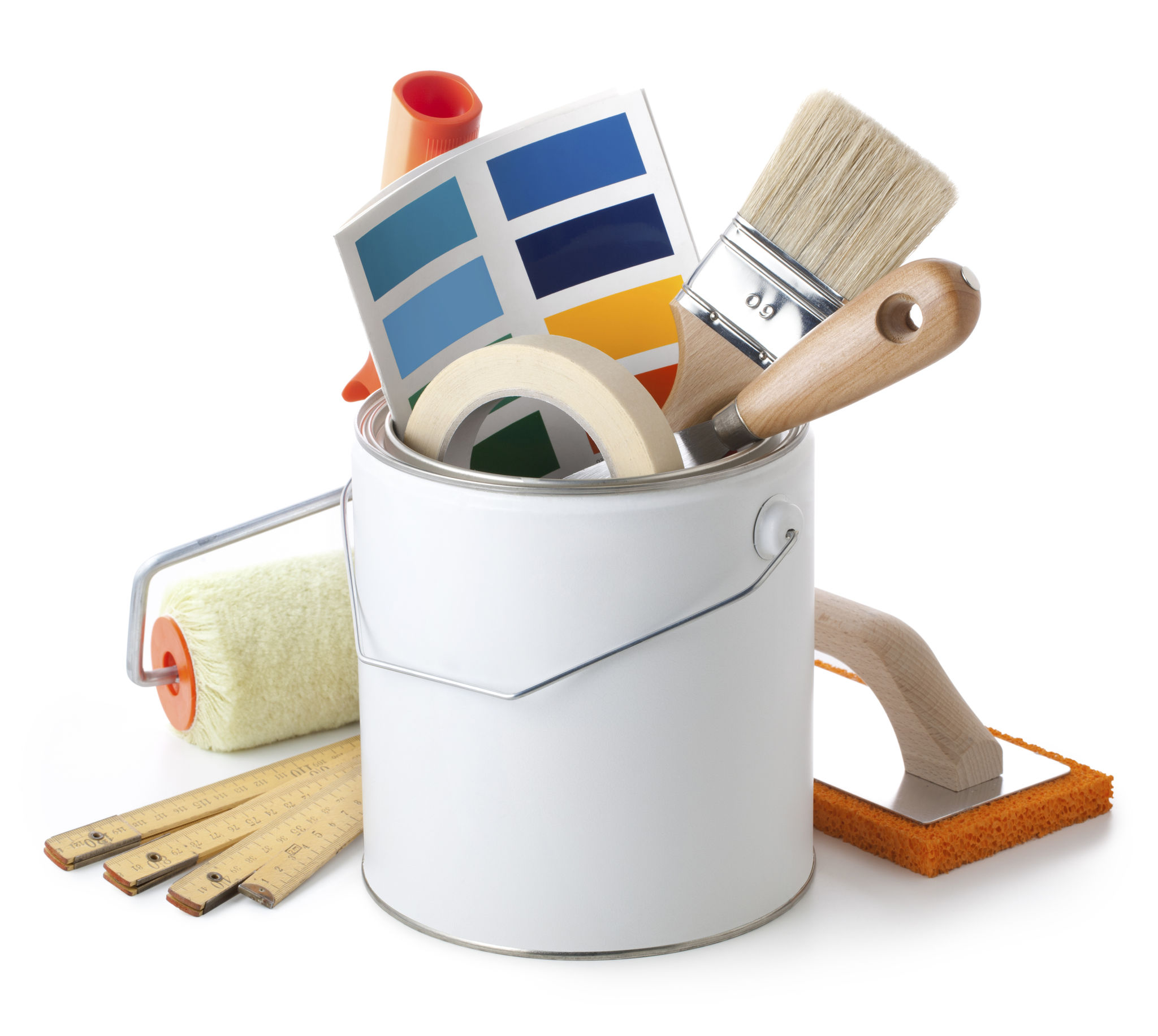How to Achieve a Beautiful Paint Finish at a Reasonable Price
Preparation: The Foundation of a Beautiful Finish
Achieving a beautiful paint finish on a budget begins with thorough preparation. Proper prep work ensures that the paint adheres well and covers the surface evenly. Start by cleaning the walls to remove dust, grease, or grime. A mixture of water and mild detergent should suffice for most surfaces. Rinse thoroughly and allow the walls to dry completely.
Next, inspect the walls for any cracks, holes, or imperfections. Use a quality filler to patch these areas. Once dry, sand the patched areas until smooth. Don't skip this step; smooth surfaces are essential for a professional-looking paint job. Finally, apply a coat of primer to help the paint adhere better and to cover any existing stains or colors.

Choosing the Right Paint
Selecting the right paint is crucial for achieving a beautiful finish without breaking the bank. Opt for quality paints that offer good coverage. While these might be slightly more expensive per gallon, they often require fewer coats, saving you money in the long run. Look for paints with built-in primer features to cut down on additional costs.
Consider the finish of the paint as well. Matte finishes hide imperfections better but can be less durable. In contrast, satin or eggshell finishes offer a slight sheen and are easier to clean, making them suitable for high-traffic areas.
Tools of the Trade
Investing in quality tools can make a significant difference in your paint finish. Use a combination of brushes and rollers for different surfaces and areas. A high-quality brush is essential for cutting in the edges and painting trims, while rollers are ideal for covering large wall areas quickly.
Choose a roller with the appropriate nap length based on your wall texture. Smooth surfaces benefit from a shorter nap, whereas textured walls may require a longer nap to ensure even coverage.

Techniques for a Flawless Finish
Once you have your materials ready, it's time to focus on painting techniques. Start with cutting in the edges with a brush before switching to a roller for the larger sections. This approach helps create clean lines and minimizes overlap marks.
When using a roller, apply paint in a 'W' or 'M' pattern to distribute it evenly across the surface. Avoid overloading the roller with paint to prevent drips and uneven application. Work in manageable sections, maintaining a wet edge to avoid lap marks.
Finishing Touches
After the final coat of paint has dried, inspect your work for any missed spots or uneven areas. Touch up as necessary using a small brush for precision. Removing painter's tape before the paint fully dries can prevent peeling and ensure crisp lines.

For an added touch of elegance, consider adding decorative elements like molding or stenciling. These enhancements can elevate the appearance of your painted space without a significant increase in cost.
Maintaining Your Paint Finish
Proper maintenance extends the life of your beautiful paint finish. Regularly dust and clean your walls using non-abrasive cleaners to keep them looking fresh. Address any damage promptly to prevent further deterioration.
By following these steps, you can achieve a stunning paint finish that enhances your home’s aesthetic without exceeding your budget. With careful planning, smart choices, and attention to detail, your painting project can be both cost-effective and visually appealing.
